Rising Oil Prices
The Tire Pyrolysis Product Market is significantly influenced by fluctuations in oil prices. As crude oil prices rise, the economic viability of tire pyrolysis becomes increasingly attractive. The process yields oil that can be refined and used as a substitute for conventional fuels, thus providing a cost-effective solution for energy production. Recent market analyses suggest that the price of pyrolysis oil can be competitive with fossil fuels, especially in regions where oil prices are high. This economic incentive encourages more businesses to invest in tire pyrolysis technology, thereby expanding the market and enhancing its growth potential.
Technological Innovations
Technological advancements play a crucial role in the Tire Pyrolysis Product Market. Innovations in pyrolysis technology have led to more efficient and cost-effective processes, enhancing the overall feasibility of tire recycling. Newer systems are capable of processing a wider variety of tire types and sizes, which broadens the scope of operations for companies in the industry. Furthermore, improvements in emissions control technologies ensure compliance with environmental regulations, making it easier for businesses to operate sustainably. As these technologies continue to evolve, they are likely to attract further investment and drive market growth.
Growing Industrial Applications
The Tire Pyrolysis Product Market is witnessing an expansion in industrial applications for the products derived from tire pyrolysis. The carbon black produced from the process is increasingly utilized in the manufacturing of tires, plastics, and other materials, thereby creating a robust demand for recycled products. Moreover, the oil generated can be used in various industrial applications, including as a fuel source or as a feedstock for chemical production. This diversification of applications is likely to bolster market growth, as industries seek to incorporate sustainable materials into their supply chains, further solidifying the role of tire pyrolysis in the circular economy.
Government Regulations and Incentives
The Tire Pyrolysis Product Market is positively impacted by supportive government regulations and incentives aimed at promoting recycling and waste management. Many governments are implementing stricter regulations on waste disposal, particularly for hazardous materials like used tires. This regulatory framework encourages the adoption of tire pyrolysis as a compliant and environmentally friendly alternative. Additionally, various incentive programs, such as tax breaks and grants for recycling initiatives, are being introduced to stimulate investment in the industry. These measures not only enhance the market's attractiveness but also contribute to its long-term sustainability.
Increasing Demand for Sustainable Solutions
The Tire Pyrolysis Product Market is experiencing a notable surge in demand for sustainable waste management solutions. As environmental concerns escalate, industries are increasingly seeking methods to recycle and repurpose waste materials, particularly used tires. The pyrolysis process not only reduces landfill waste but also converts tires into valuable products such as oil, carbon black, and gas. This shift towards sustainability is reflected in market data, indicating a projected growth rate of approximately 8% annually in the tire pyrolysis sector. Companies are recognizing the potential of tire pyrolysis as a viable alternative to traditional disposal methods, thereby driving investment and innovation within the industry.


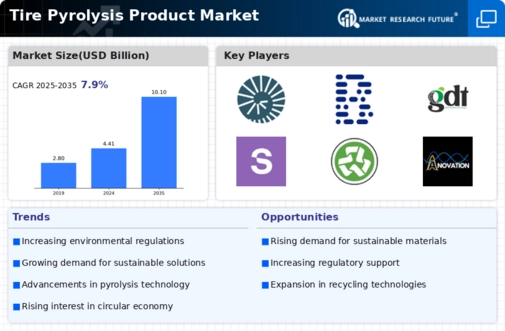
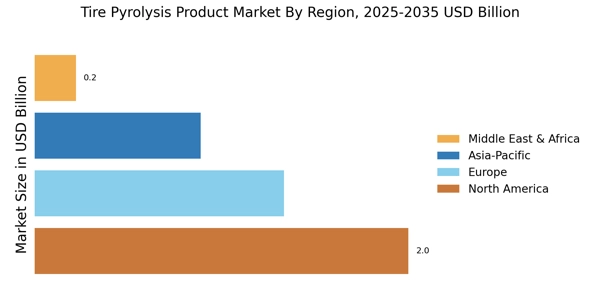
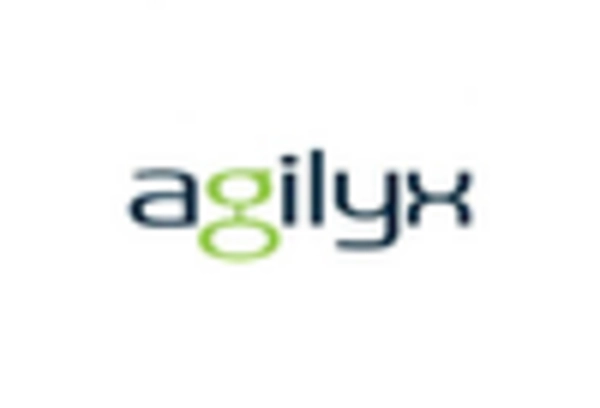

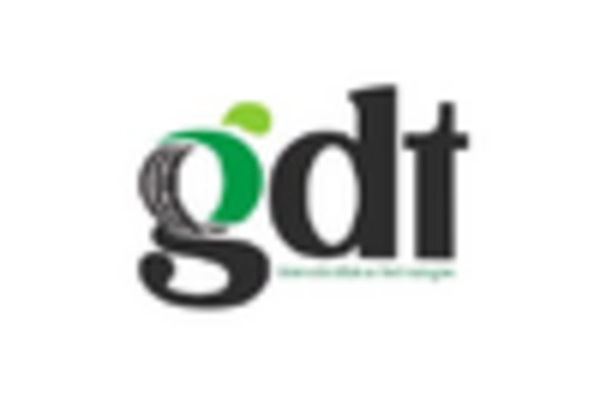

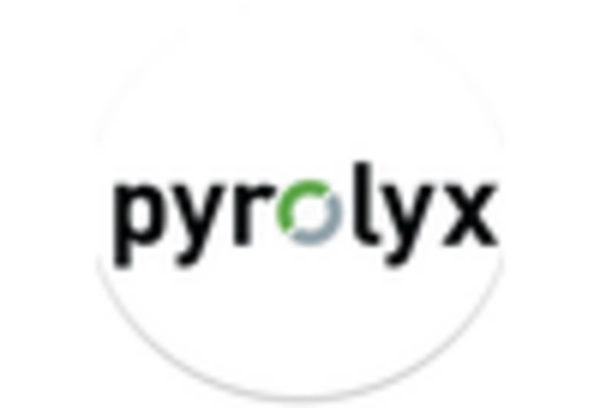









Leave a Comment